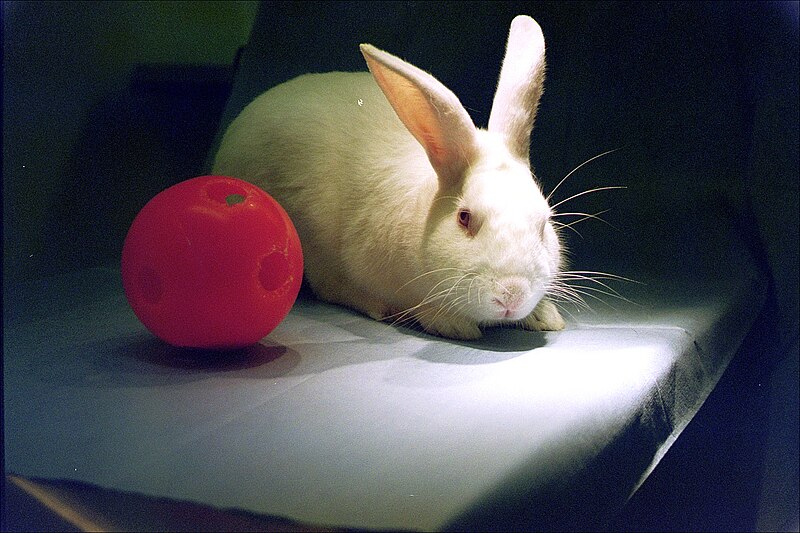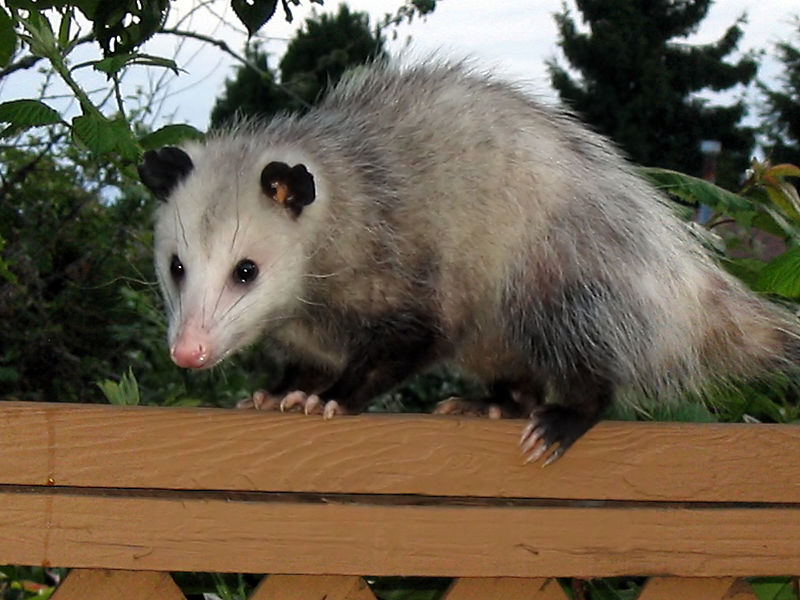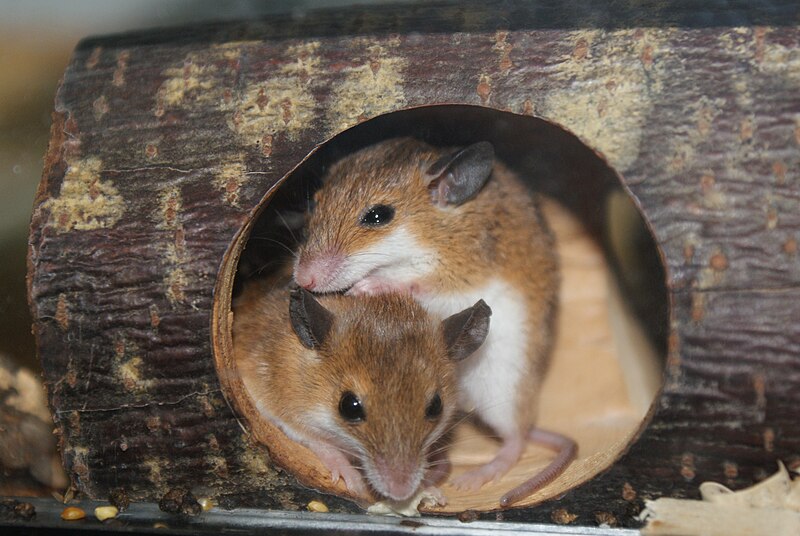 Mammalogists consider the Domestic Ferret to be a distinct species (Mustela furo) and “domesticated” in the true sense of the word. Most ferret owners can easily see, however, that 2,000+ years of captive breeding has not erased all traces of their pets’ origins. Today I’d like to give you a brief overview of the Domestic Ferret’s wild relatives.
Mammalogists consider the Domestic Ferret to be a distinct species (Mustela furo) and “domesticated” in the true sense of the word. Most ferret owners can easily see, however, that 2,000+ years of captive breeding has not erased all traces of their pets’ origins. Today I’d like to give you a brief overview of the Domestic Ferret’s wild relatives.
What Sort of Creature is the Domestic Ferret?
The Domestic Ferret is classified within the Order Carnivora, Family Mustelidae. Within the Mustelidae we find 75-80 species of Weasels, Otters, Skunks, Badgers, Wolverines and related animals (skunks have been re-classified by some taxonomists). Read More »
 That Pet Blog That Pet Place Pet Blog
That Pet Blog That Pet Place Pet Blog








